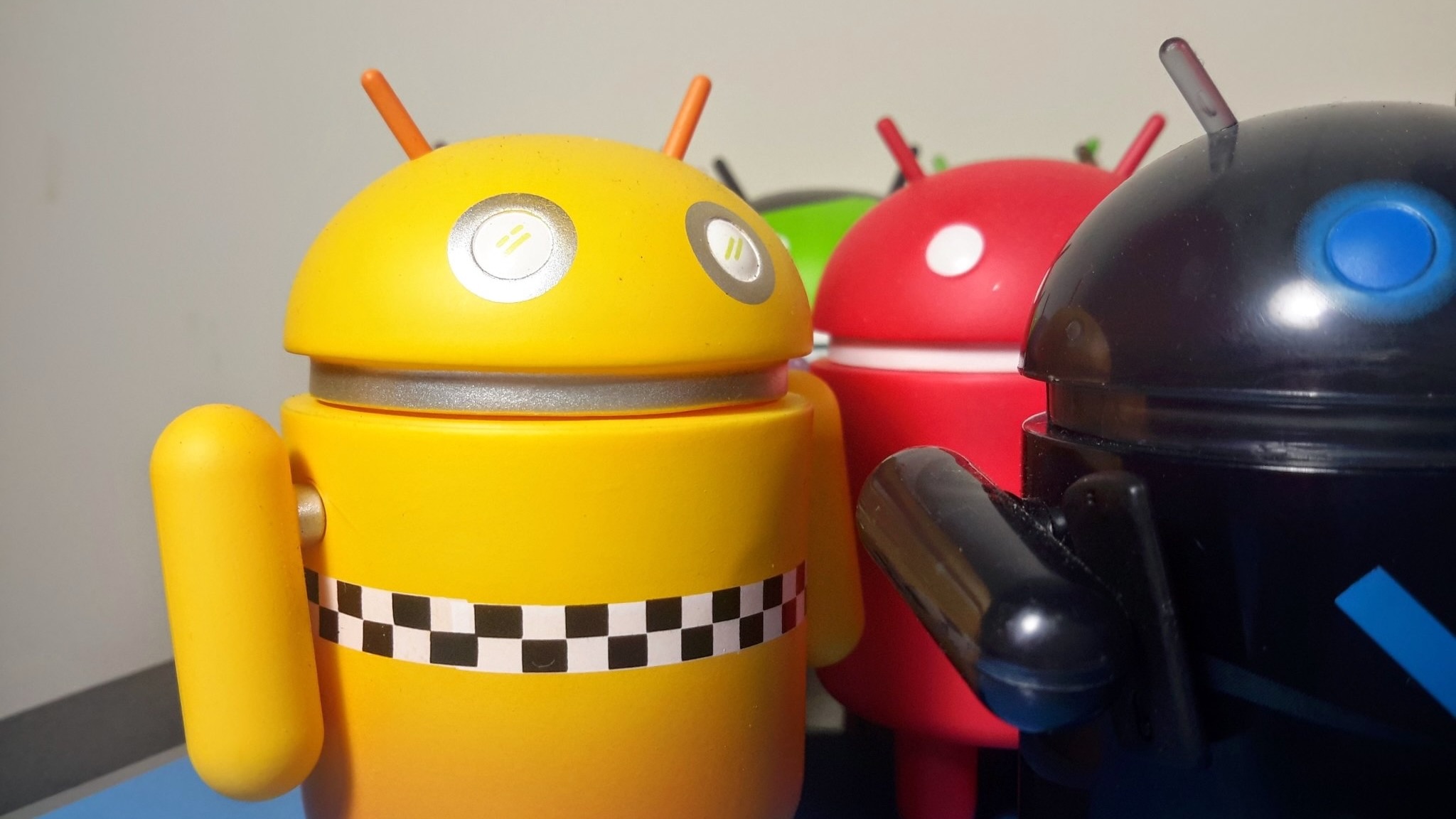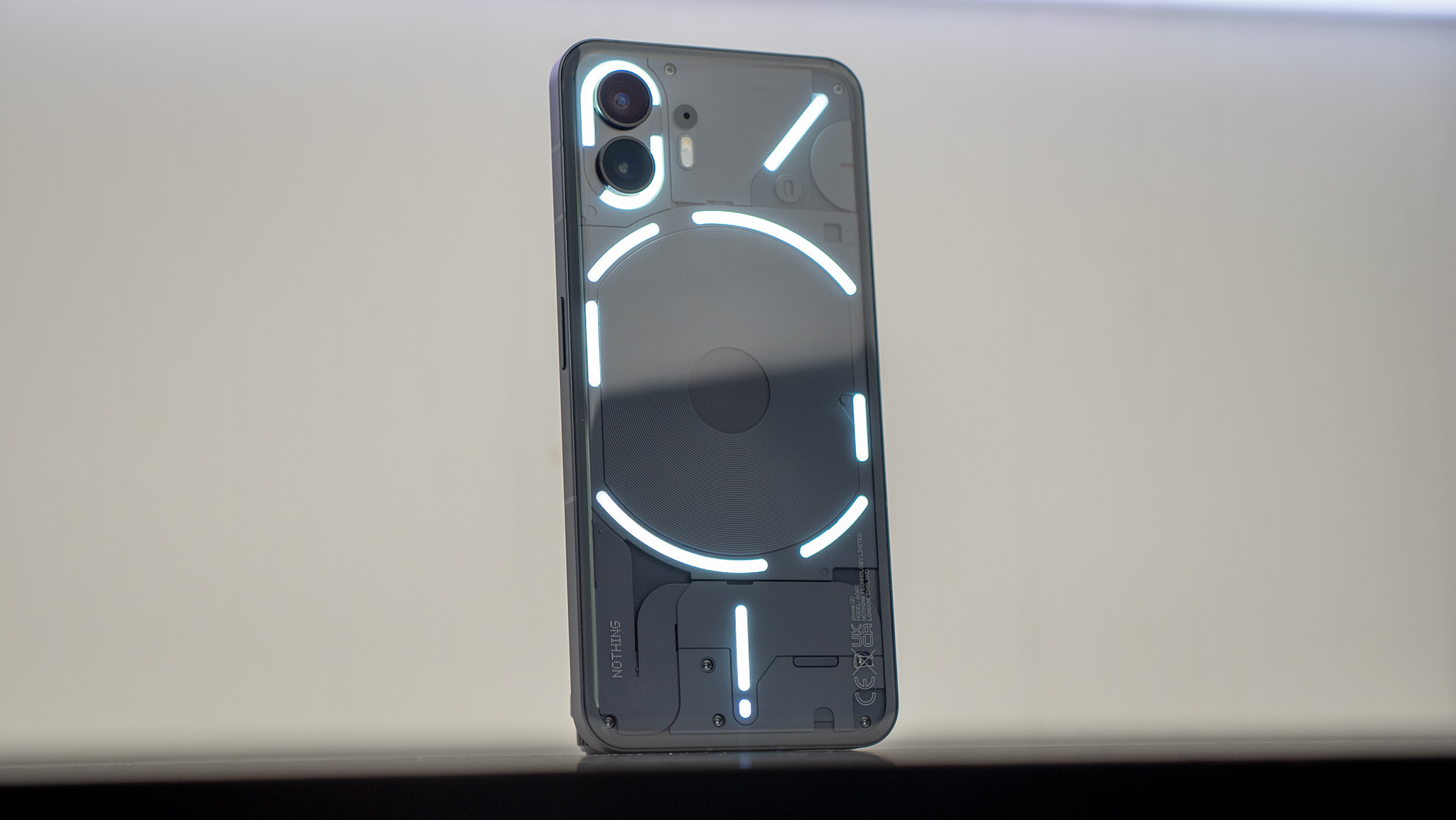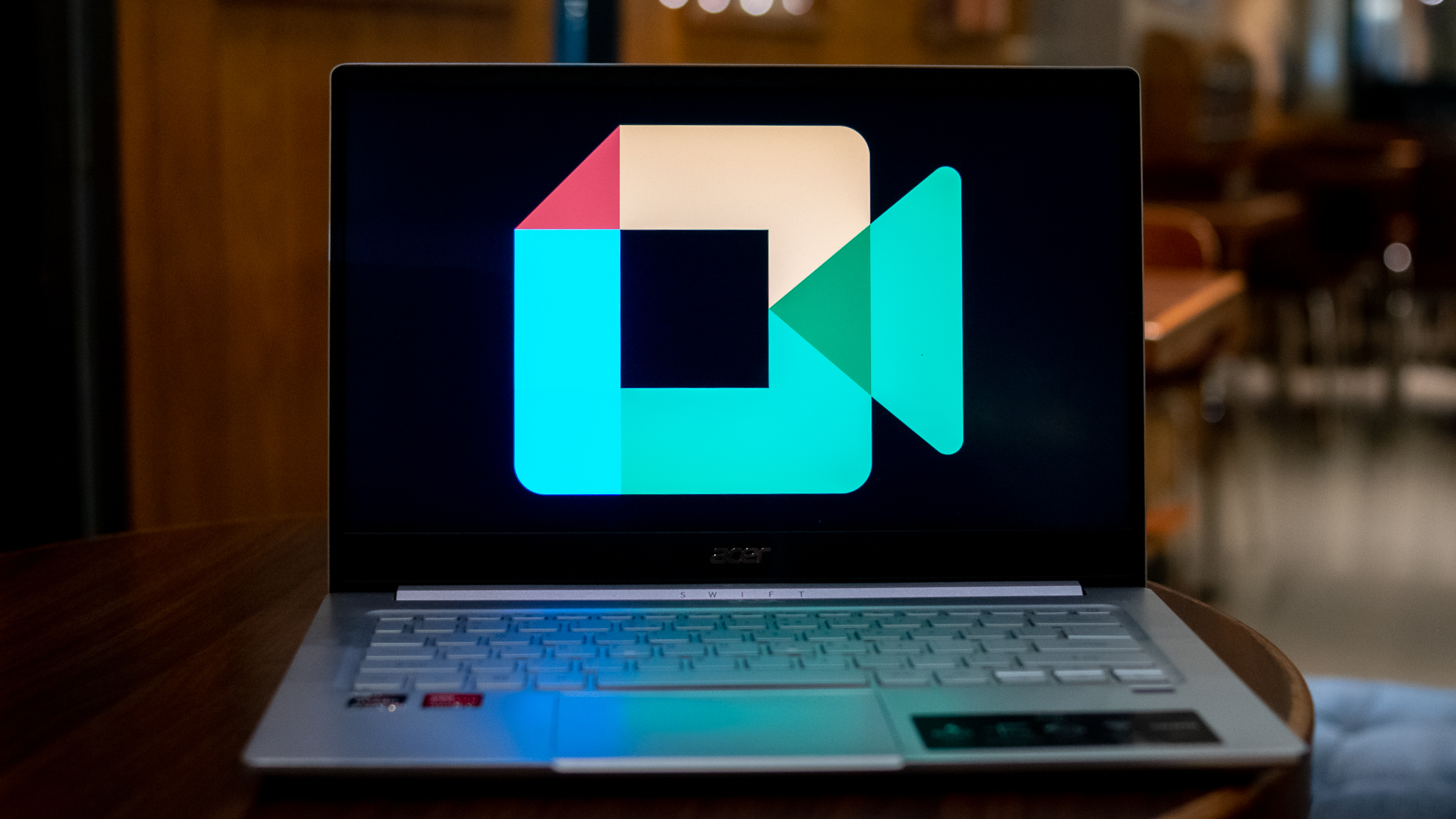What it takes for a successful phone launch in North America
It's more complicated than it should be.

It's the time of the year when we hear about all the hot flagship phones that will be coming in time for the holiday buying rush. In the Android world, that mostly means Samsung but other major players like Google will find themselves in the mix as well as some not-so-major players like Nothing, who just launched its newest phone.
One of these companies will be wildly successful. Others will see some degree of success. Others won't. It's not because there is something wrong with the product they are trying to sell — it's because being successful in North America is tough and overly complicated.
I'm not talking about what a company has to do to be able to sell a phone. Certifications and regulations are a convoluted mess everywhere, but if those hurdles aren't overcome, we'll never know because a phone can't be sold. I'm talking about what comes next; what makes consumers spend their money often enough for a phone to make a blip in all those market share articles you read on tech websites.
The recipe for success

Most of what it takes to catch consumer eyes and wallets is the same everywhere. North Americans aren't unique nor is the market when it comes to what I call the basics of a successful launch. Any phone, anywhere, needs to hit the highlights:
- Outstanding performance. Consumers want to think they have the best of the best, so your phone needs to be able to deliver outstanding performance on paper. This means having a powerful processor, a great display, and plenty of RAM.
- Excellent camera. The camera is one of the most important features on a smartphone, so it's essential that your phone has a great camera. People are increasingly using their phones to take photos and videos, so you need to make sure your phone can take high-quality photos and videos in a variety of conditions.
- Long battery life. Your phone needs to have long battery life so that people can use it all day without having to worry about running out of power.
- Affordability. People are price-conscious, so your phone needs to be affordable. This doesn't mean you have to sacrifice quality, but you do need to make sure your phone is priced competitively. In some parts of the world, this can be the most important thing of all.
- A great user experience. The user experience is just as important as the hardware on a smartphone. Your phone needs to be easy to use and navigate, and it needs to have a user interface that is both visually appealing and functional.
You would think that's all it takes. If your company can hit all or even most of these points, the phone you're hyping up will sell like gangbusters. But that's not all it takes, and we know there is more to the story — the Nothing Phone (2) will prove it.

One of the web's longest-running tech columns, Android & Chill is your Saturday discussion of Android, Google, and all things tech.
The Nothing Phone (2) seems to have done all the basics really well. It's fast and sexy and has a good camera setup for just $600. In addition, it has a few other extras that make it seem desirable for every consumer like IP54 water and dust resistance, and will probably have its own ecosystem of accessories like earbuds and weird glowing thing-a-ma-bobs. People who read tech websites like this one love that kind of thing.
It's missing the one thing it needs to be a real success though.
Get the latest news from Android Central, your trusted companion in the world of Android
The not-so-secret ingredient

You can't waltz into the Verizon or T-Mobile store, play with a Nothing Phone (2), and then buy it on an installment plan. And really, nothing else matters when it comes to the North American market. Carriers are the deciding factor for any phone maker no matter how much we — or the manufacturers themselves — hate it.
I haven't bought a phone from a carrier store in years. If you're reading this, there is a good chance you haven't either. But we are the exception, not the rule.
Look to the opposite end of the spectrum for a minute. Samsung makes great phones. No matter what you think of them, people love Samsung phones because they do every one of those basic things we talked about earlier really well. No matter your budget, there is a Samsung phone built for it.

This is a two-way street, too. Because Samsung's relationship with carriers in the U.S. and Canada is so strong, companies like AT&T or Rogers are willing to do things like throw the same support behind a product most people will look past, like a $2,000 phone that folds in half. From a business perspective, taking up retail space with a Galaxy Z Fold 4 is stupid — that's space that could be used for something like the S23 or A54. But because a Galaxy Z Flip 4 is there for people to see in the flesh, Samsung will sell more of them. Samsung's relationship with carriers is so strong it's almost a true partnership. Samsung would have never reached the heights it has without the strong relationship it has with carriers in North America.
Nothing isn't in the same position. Heck, neither is Google, though carriers begrudgingly have Pixel phones in stores. Carriers just don't try to sell anything except an iPhone or a Samsung phone. I don't know what it takes to change that, but I will go out on a limb and say money is likely 99% of it somehow.
I do know that building a phone that's clearly geared towards the enthusiast market, then releasing it when nobody in that market is paying any attention during Amazon Prime Day is not a recipe for success on any level.
The fall season is coming, and Samsung will show off something that will sell a gazillion units. People will love it, and some people already love it without knowing what the hell it is.
That's because Samsung plays the game and does everything it needs to do so it's successful in what would otherwise be a competitive market. Other companies will have to follow the same formula if they ever want a chance at this kind of market and mind share.

Jerry is an amateur woodworker and struggling shade tree mechanic. There's nothing he can't take apart, but many things he can't reassemble. You'll find him writing and speaking his loud opinion on Android Central and occasionally on Threads.
